Childhood memories before the Internet
In today's modern life, the childhood of many children is being caught up in the whirlpool of electronic devices and the Internet. The image of children glued to the screen of phones, tablets, absorbed in games or videos on the internet has become all too familiar in every family. For them, it is a colorful world , a place that contains joy in its own way of the digital age. But behind that joy, are children gradually losing a part of their childhood that should be alive with real-life activities?
Going back in time, looking back at the childhood of generations born in the 80s and earlier is a completely different picture. In a time when there were no electronic devices or the Internet, the children of that time were filled with laughter and memorable memories along with folk games. There have been countless generations of children who were passionate throughout their childhood with games such as o an quan, rong snake len may, tug of war, jump rope, marbles, playing coc, playing volleyball, playing shuttlecock, playing u,...
It would probably be difficult to list all the folk games, because each region with its own customs, habits and living conditions produces different games suitable to the culture of that place. If in the plains, children are often attached to games such as human chess, rice cooking competitions, then in the mountains, they are bustling with bamboo dancing, stilt walking, swinging... Although different in form or way of playing, all folk games have something in common: helping children strengthen their physical strength, refresh their spirit, practice dexterity, develop thinking and life skills. Through that, children learn how to live in harmony with friends, bond with the community, and be close to nature. Perhaps that is why, folk games are considered a treasure trove of content and methods for educating children, although "no teacher, no book" but relatively clear and complete.
One of the typical folk games, considered the most intellectual, is O An Quan. This game is said to have originated in Africa, with the original name Awalé. Over time and cultural exchange between countries, O An Quan was introduced to Vietnam and gradually developed into a typical game, expressing the cultural identity of the nation. In the 1970s - 1980s, in big cities like Hanoi or Ho Chi Minh City, almost every child had played this game at least once.
In each country, this game has different variations but all have the same purpose of training intelligence and calculation ability. In Vietnam, just a small yard, a few pebbles, bricks or chalks are enough for children to enter attractive and exciting "brain battles". Because of its simplicity and familiarity, the game quickly became a popular game in all regions of the country, from urban to rural, from mountainous to coastal areas.
In addition, a unique feature that cannot be ignored in Vietnamese folk games is the close connection with nursery rhymes, a unique genre of national poetry. Most games such as cockfighting, dragon snake up to the clouds, playing pass, chi chi chan chan or o an quan are associated with oral nursery rhymes, which not only create a joyful atmosphere but also help children practice their memory and language skills.
For example, dragon snake up to the clouds, a game associated with a nursery rhyme that promotes agility, dexterity, promotes the spirit of solidarity, respect for discipline and the ability to respond: “Dragon snake up to the clouds/There is a núc nác tree/There is a house commanding soldiers/Ask the doctor if he is home or not…”. Or “Mot tree, mai tree, trai leaf, hen leaf, spider spins web, apricot has seeds…” is a nursery rhyme that girls often sing to play volleyball. This game requires a small ball, a stone or a young guava and ten rounded bamboo sticks or chopsticks, and also requires manual dexterity and coordination between eyes and reflexes.
Bringing folk games back into the modern flow
It can be seen that, thanks to the skillful combination of traditional cultural elements, folk games not only reflect a healthy, civilized lifestyle but also contain profound artistic values, becoming a characteristic beauty in the spiritual life of Vietnamese people. In particular, folk games also hold a special position, an indispensable part in the childhood memories of many generations, creating a bond between generations of the community and peers.
In an interview with the media, Associate Professor Dr. Nguyen Van Huy - former Director of the Vietnam Museum of Ethnology said: "Life for children cannot be without games. Folk games are not simply children's games, but they contain a unique and rich Vietnamese national culture. Folk games not only lift children's souls, help them develop their thinking ability, creativity, and dexterity, but also help them understand friendship, love for family, homeland, and country."
However, the afternoons spent playing in the yard, the laughter of playing traditional games, which used to be an indispensable part of childhood, are gradually being forgotten in the modern flow. In big cities, the image of children gathering around traditional games is becoming increasingly rare. Perhaps there are only a few traditional games such as chess, cockfighting... but many times they are transformed, losing their rustic, innocent features.
Faced with such neglect, Associate Professor Dr. Nguyen Van Huy said that this is a disadvantage for children in an industrial society, who are only familiar with machines and have no space to play. Even more disadvantaged, they do not get to know and play traditional children's games. These games are increasingly fading away not only in cities but also in rural areas, which are gradually becoming heavily urbanized. "Therefore, helping children understand and find their roots with traditional games is a necessary task," Associate Professor Dr. Nguyen Van Huy emphasized.
Perhaps, this is also a common concern of many people, when realizing that the childhood of children today is gradually moving away from simple, rustic folk games. And when those games are forgotten, it also means that the traditional cultural values that have been preserved and passed down from generation to generation are gradually fading away over the years.
However, we should not be pessimistic. Although we cannot hold back time, we can absolutely preserve memories and revive old values by bringing folk games back into children's lives. In recent years, with the desire to restore and preserve traditional culture, and at the same time create a joyful and healthy playground for children, many schools, museums, etc. have reorganized a number of unique folk games of the nation.
In the schoolyard, instead of playing around during recess, students gather to participate in folk games such as skipping rope, playing volleyball, eating mandarin squares, sack jumping... Or at the museum, folk games have become an annual activity, especially exciting on holidays such as the Mid-Autumn Festival. Traditional games such as flag carrying, tu lu, tran tranh, playing u, herding ducks, going on a gong, shooting rubber bands, playing volleyball, cat chasing mice, smashing clay pots, tug of war... make many children and parents excited to participate.
These activities are not only a way for schools and museums to promote their role in traditional cultural education, but also a way to honor and recreate games associated with Vietnamese childhood. Through this, children can practice physical fitness, develop skills, and experience innocent and beautiful childhood moments.
Source: https://baophapluat.vn/nhin-lai-nhung-tro-choi-dan-gian-tuoi-tho-post549549.html





![[Photo] Prime Minister Pham Minh Chinh chairs the 16th meeting of the National Steering Committee on combating illegal fishing.](https://vphoto.vietnam.vn/thumb/1200x675/vietnam/resource/IMAGE/2025/10/07/1759848378556_dsc-9253-jpg.webp)









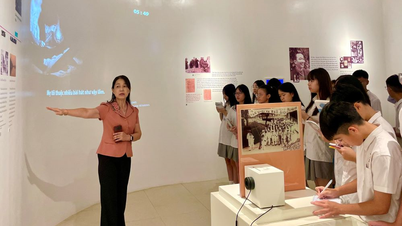
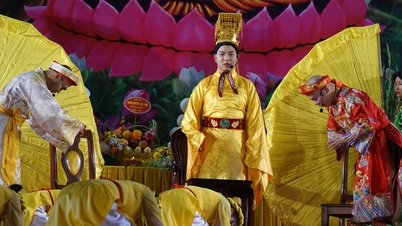



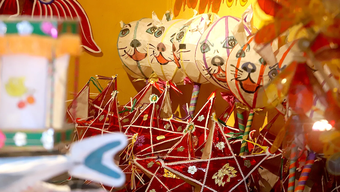

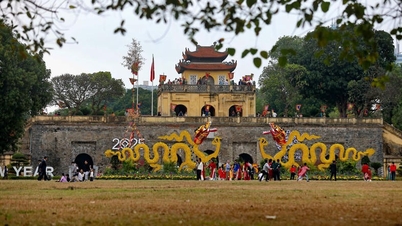





![[Photo] Super harvest moon shines brightly on Mid-Autumn Festival night around the world](https://vphoto.vietnam.vn/thumb/1200x675/vietnam/resource/IMAGE/2025/10/07/1759816565798_1759814567021-jpg.webp)






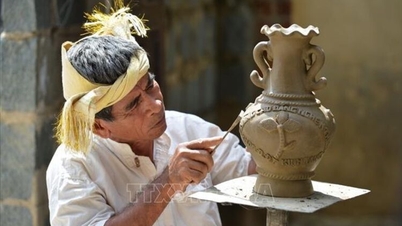

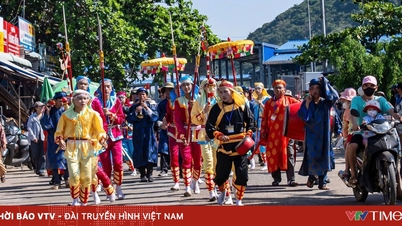
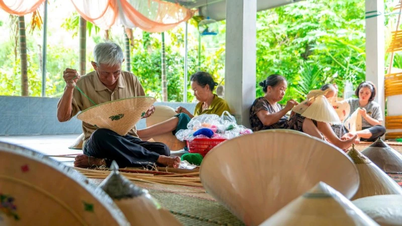





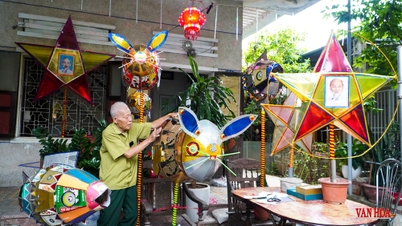




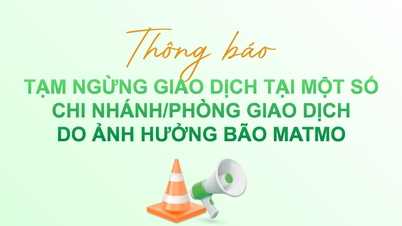





















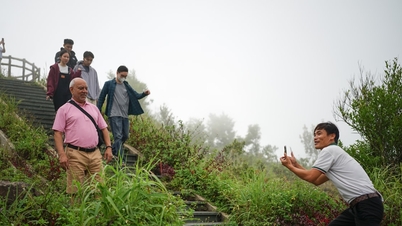





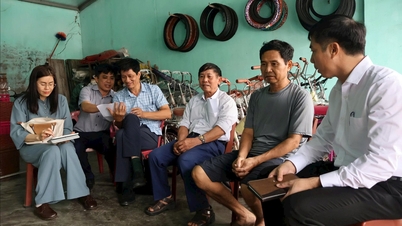


















Comment (0)